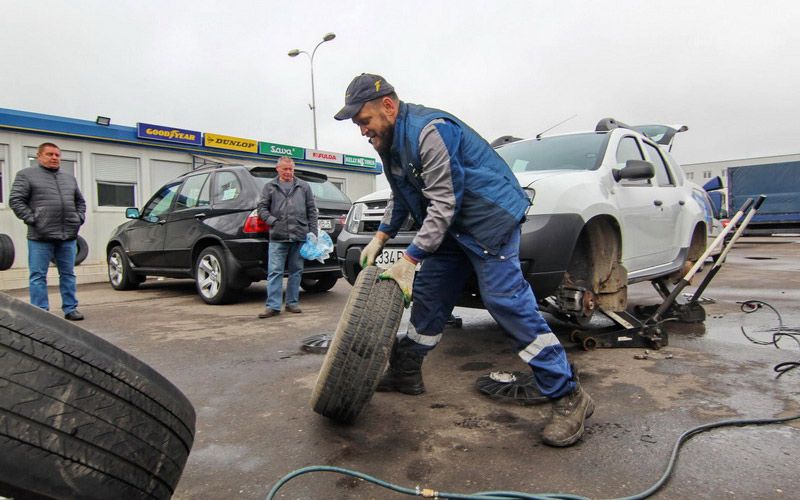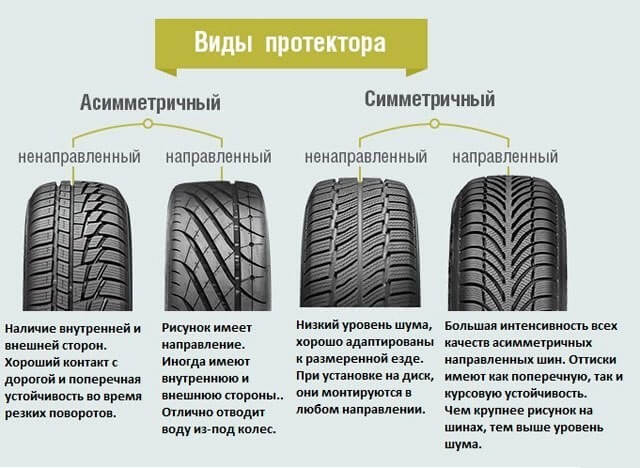
Tire fitting - how professionals do it and why it's not so easy!
Content
Just a few decades ago, many people decided to change tires on their own. However, these designs were much simpler than the current ones and provided inferior properties and safety. To replace modern, much more modern tires, you need to use specialized assembly equipment, which is why it is almost impossible to do this at home. Properly selected tires and their correct installation mean not only more safety on the road, but also slower wear and more reliable driving.
Tire installation - first remove the old one
The first step before you can mount a new tire on a rim is to remove the previous tire (unless you decide to purchase a new set of wheels). Here, most often the work is done manually and tools such as a mounting spoon are used. Even earlier, you need to release air from it, the easiest way is to unscrew the valve. At this point, you take a tire changer that allows you to separate the side of the tire from the rim. Meanwhile, the weights must be removed from the rim so that the machine can work and make room for new ones to be installed after replacement.
Proper tire fitting
Before proceeding with the installation of the selected tire on the car rim, the employee checks whether their dimensions match. Then he must verify their condition (for example, by evaluating the tread depth) and the year of manufacture (for example, it is not recommended to use models older than 10 years for “winter tires”, and 10 years if they are summer or all-season tires) and proceed to the most assembly. First, the tire bead is lubricated with mounting ointment or paste, which facilitates its application. Then, along with the rim, it is placed in a tire changer to set the tire bead in place after it has been activated.
Of course, this is not the end!
Having put the tire under the hump of the rim, it must be gradually pumped up, due to which its sidewalls will gradually press against the rim, blocking it and compacting the whole thing. After inflating to operating pressure, the valve is put back on and checked for leaks - usually in a bath of water. Leak damage will let you know by creating air bubbles, so you can change the tire or make necessary repairs before the customer leaves the shop. Everything is ready for the final stage - balancing!
Balancing is a mandatory element of tire fitting.
Whether you are installing new or used tires, balancing is an absolute must. Thanks to it, it is possible to compensate for unevenness in the rubber structure, which would lead to vibrations that accelerate the wear of suspension and steering elements, as well as to premature wear of the tires themselves. The balance is checked on a special machine and the balance is achieved by adding and subtracting weights. If, on the other hand, your existing tires show signs of uneven wear, you should check your vehicle's toe settings.
When is tire fitting necessary?
One of the factors that indicates the need to take a closer look at the tires and possibly replace them is the tread depth. If it is less than 1,6 mm, these are not only safety issues, but the law also obliges you to change tires at a service station. Also, bumps observed while driving, such as visible tire damage, extraneous noises when driving at a constant speed, vibrations on the steering wheel, or a tendency to pull the car to the side, may indicate the need to visit a service center and possibly replace it with a new one. Of course, we must not forget about their seasonal exchange - for winter and summer.
Seasonal replacement - tires or rims?
The vast majority of drivers (except those who use all-season tires) use two sets of tires - winter and summer, which must be changed before a certain time of the year. Some choose to mount and remove tires each time using the same rim, while others opt for two sets of wheels. What is the best solution? It is worth remembering that putting the tire on and off the rim does not exactly contribute to its life. Even though this is done by professionals, it results in faster wear of the sidewalls of the tire. Therefore, it is better to replace the wheels, and if they are damaged or worn, decide on new tires.
New or used tires - what to choose?
Quality tires can be expensive. Not surprisingly, more and more people are looking for ways to cut costs, and used tires are very popular among them. Installing them is usually the same as installing new tyres, but there are several factors to consider when choosing them. First, age. Although even ten years are acceptable, when buying a used copy, you should choose with a "margin". Second, consumption. If for some reason you buy tires that show signs of wear, put them on the back of your car. Third, profitability. It is not always worth giving up several years of operation for a few tens of zlotys.
Tire fitting - you should always contact a specialist!
Although tire fitting may seem like a simple task, it actually requires the use of specialized equipment and a lot of experience. Therefore, if you need to change the tires on your car, then by far the most recommended option would be to visit a vulcanization service. They will not only do it faster and better, but will also help you assess its condition and safety of use. Road safety is worth much more than the few zlotys you pay for a service.
